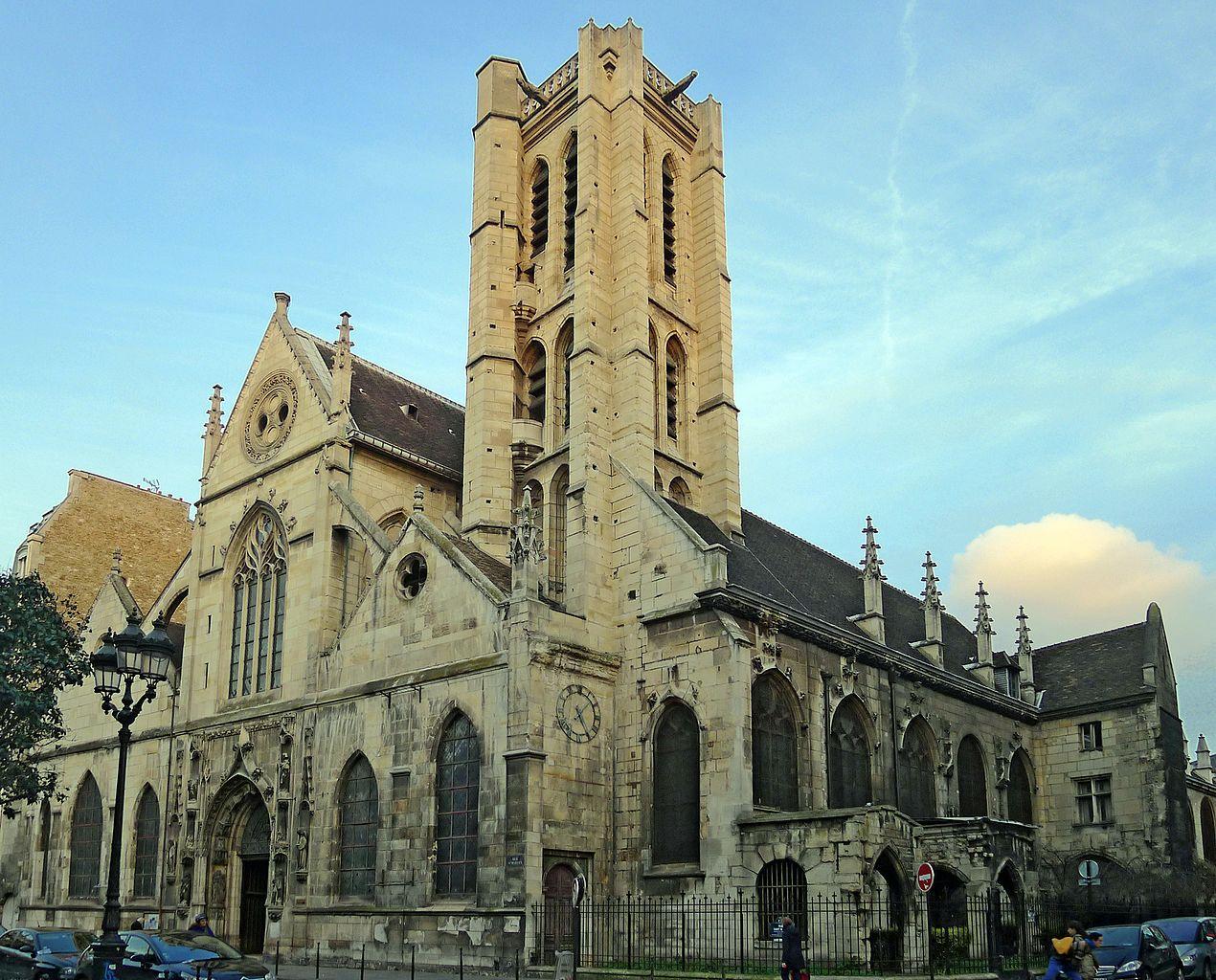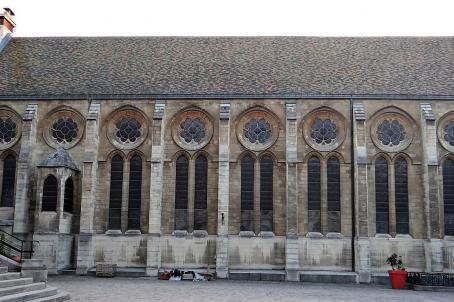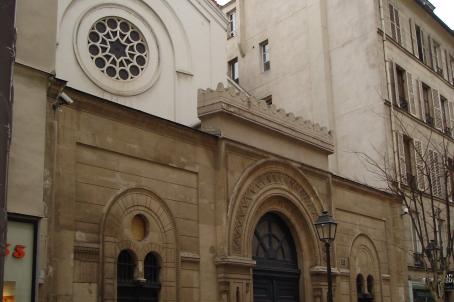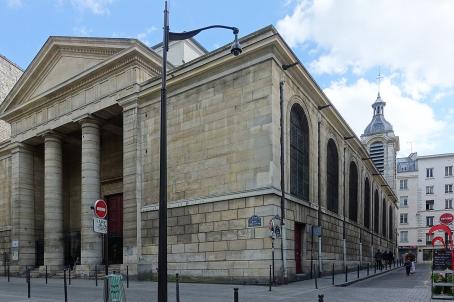Church of Saint-Nicolas-des-Champs
"Temple of the Hymen and Fidelity" in 1795, the church was returned to worship in 1802. It was restored in the first half of the 19th century (in 1823 and again in 1843). Altarpiece of the main altar by Simon Vouet and Jacques Sarrazin.






